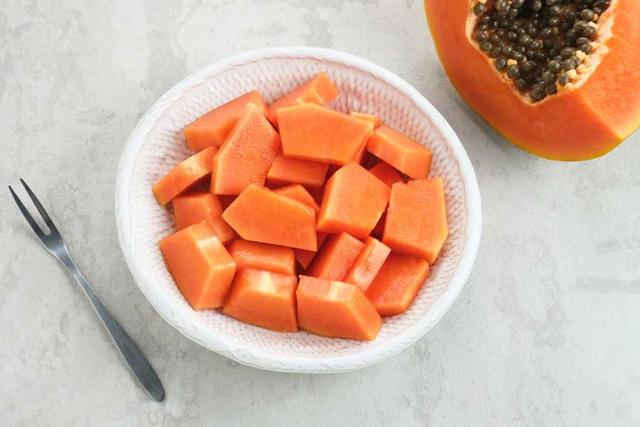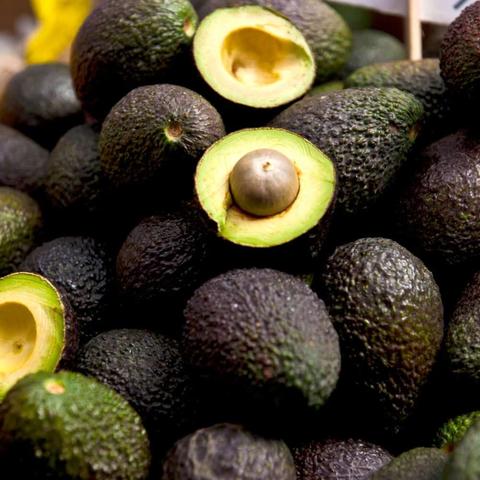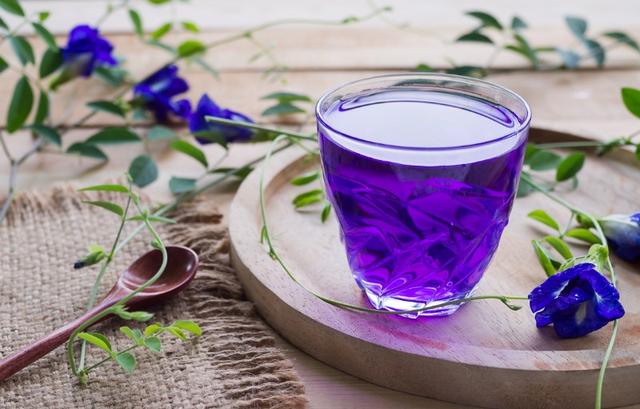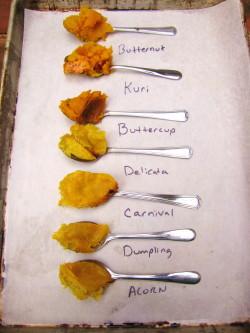Discover the subtle nuances that set Prosecco and Champagne apart. Unraveling the mysteries of these beloved sparkling wines, this headline delves into their distinct characteristics, production methods, and regional origins. Whether you’re a wine connoisseur or simply curious, prepare to explore the delightful intricacies that differentiate Prosecco from Champagne.
The Differences Between Prosecco and Champagne: A Comparative Analysis
Prosecco:
Prosecco is an Italian sparkling wine that originates from the Veneto region in northeastern Italy. It is made primarily from the Glera grape variety, although other local varieties may also be used. Prosecco is known for its light and fruity flavors, with notes of apple, pear, and citrus. It typically has a lower alcohol content compared to Champagne, ranging from 11% to 12%. Prosecco is produced using the Charmat method, where the secondary fermentation takes place in stainless steel tanks. This results in a fresher and more approachable style of sparkling wine.
Some key characteristics of Prosecco include its affordability and accessibility. It is generally less expensive than Champagne, making it a popular choice for everyday celebrations or casual gatherings. Prosecco is also known for its easy-drinking nature, with a softer and less complex flavor profile compared to Champagne.
Champagne:
Champagne, on the other hand, refers specifically to sparkling wine produced in the Champagne region of France. It is made using traditional methods known as méthode champenoise or méthode traditionnelle. The primary grape varieties used in Champagne production are Chardonnay, Pinot Noir, and Pinot Meunier.
One of the defining characteristics of Champagne is its aging potential. Unlike Prosecco, which is meant to be consumed young and fresh, Champagne can develop complex flavors over time due to its longer aging process. This results in a wider range of aromas such as brioche, toast, nuts, and honey.
Champagne also tends to have higher levels of acidity compared to Prosecco. This acidity gives Champagne its characteristic crispness and allows it to pair well with a variety of foods. Additionally, Champagne often has a higher alcohol content, typically ranging from 12% to 12.5%.
In summary, while both Prosecco and Champagne are sparkling wines, they have distinct differences in terms of origin, production methods, flavor profiles, and aging potential. Prosecco is known for its affordability, accessibility, and lighter style, while Champagne is renowned for its complexity, aging potential, and higher acidity. Whether you prefer the refreshing simplicity of Prosecco or the elegance and depth of Champagne ultimately depends on your personal taste preferences and the occasion.
In conclusion, while both Prosecco and Champagne are sparkling wines, they originate from different regions and undergo distinct production methods, resulting in varying taste profiles. Prosecco is typically lighter and fruitier, with a more affordable price point, making it a popular choice for casual gatherings. On the other hand, Champagne offers a complex flavor profile with notes of toastiness and aging potential, often considered a symbol of luxury. Ultimately, personal preference and occasion should guide your choice between these two delightful sparkling wines.
Learn More About Grilling
If you want to learn more about grilling, check out these other helpful resources!






